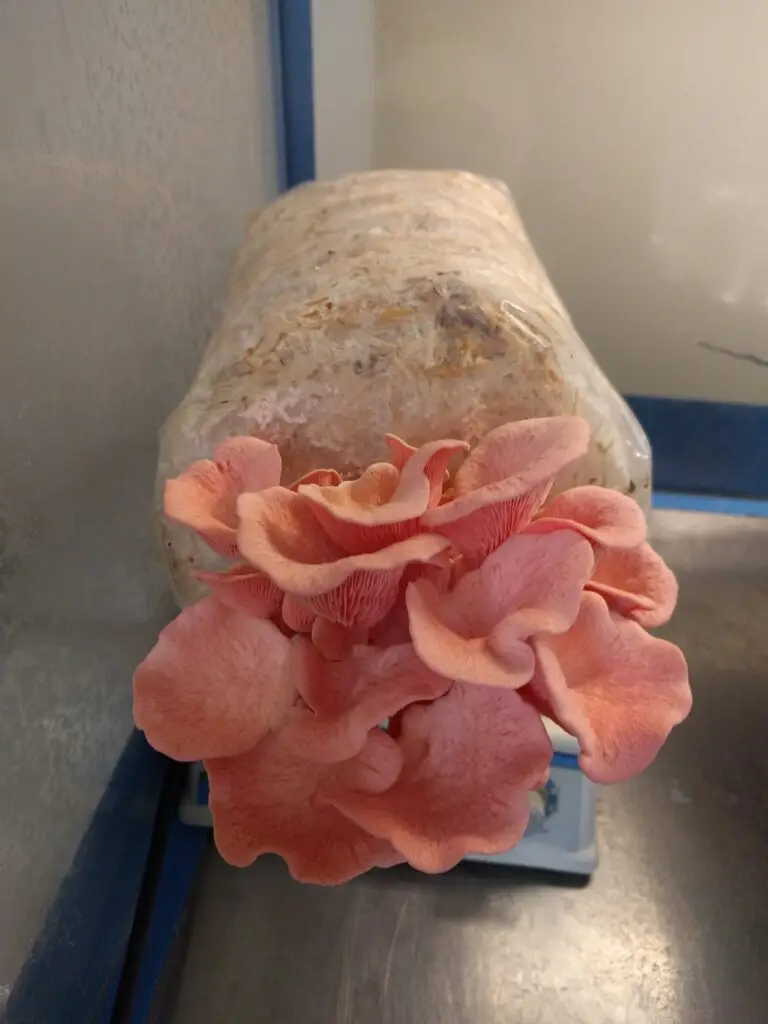
Phoenix Oyster Mushroom: A Complete Guide to the 10cc Liquid Culture Syringe
If you’re passionate about gourmet mushrooms or just starting your


Psilocybe ovoideocystidiata spores have garnered significant interest among mycologists and mushroom enthusiasts, particularly for their unique characteristics and expanding range. This relatively recent discovery has sparked curiosity due to its distinct habitat preferences and rapid geographic spread. In this blog, we will delve into the fascinating world of Psilocybe ovoideocystidiata spores, exploring their natural habitats, distribution, and the implications of their expanding range. We will also discuss how Spore Depot plays a role in making these spores accessible for research and study.

Psilocybe ovoideocystidiata is a species of psychedelic mushroom that was first identified in the early 2000s. Since its discovery, it has become one of the more well-known members of the Psilocybe genus, particularly in the eastern United States. The spores of this species are of great interest not only for their psychoactive properties but also for the insights they provide into the species’ ecology and distribution.
Psilocybe ovoideocystidiata spores are particularly unique because they contribute to the mushroom’s ability to thrive in a variety of environments, often in areas that other species might find challenging. These spores are adapted to survive and germinate in specific conditions, making them a fascinating subject of study for those interested in mycology and ecology.

Psilocybe ovoideocystidiata spores are most commonly found in the eastern United States, where the species is native. The primary habitat for these mushrooms is along rivers and streams, particularly in regions characterized by moist and shady conditions. They have a strong preference for areas with ample woody debris, which provides the nutrients necessary for their growth.

The geographic distribution of Psilocybe ovoideocystidiata spores has been a topic of great interest, especially as their range continues to expand. Originally, this species was primarily found in the eastern United States, with a range extending from Kentucky to Rhode Island. However, recent reports have indicated that the species is spreading to new areas, including the western United States.

The fruiting patterns of Psilocybe ovoideocystidiata are closely tied to seasonal changes, particularly in the northeastern United States, where they are most commonly found.
For those interested in studying or cultivating Psilocybe ovoideocystidiata spores, Spore Depot offers a valuable resource. Spore Depot provides a range of spore syringes and other materials that are essential for mycological research and cultivation.
Psilocybe ovoideocystidiata spores represent a fascinating subject of study in the field of mycology, particularly due to their unique habitat preferences and expanding geographic range. As this species continues to spread beyond its original range in the eastern United States, there is much to learn about its adaptability and ecological significance. For researchers and hobbyists alike, Spore Depot provides an invaluable resource for accessing and studying these spores.
The ongoing exploration of Psilocybe ovoideocystidiata spores offers exciting opportunities for discovery, from understanding the factors driving its range expansion to exploring its potential applications in various fields. As interest in this species grows, so too will our understanding of its role in the natural world, making Psilocybe ovoideocystidiata a subject of enduring fascination in the world of mycology.
Lorem ipsum dolor sit amet, consectetur adipiscing elit. Ut elit tellus, luctus nec ullamcorper mattis, pulvinar dapibus leo.

If you’re passionate about gourmet mushrooms or just starting your

Mushrooms have long been revered in traditional medicine, but modern

When most people think of mushrooms, they imagine small fungi

Mushrooms are more than just fascinating organisms that sprout from

Stay updated with our newsletter for exclusive offers, insights, and the latest in psilocybe cubensis research.

At The Spore Depot, we are dedicated to providing the highest quality psilocybe cubensis mushroom spores for research purposes. With an extensive selection of mushroom spores, our products meet the strictest quality standards, ensuring they are prepared under sterile conditions for optimal results. Whether you’re working with a spore syringe or creating a spore print for detailed analysis, we are committed to supporting your journey into the microscopic world.
Our exceptional contact customer service is here to assist you every step of the way, making sure your experience with psilocybe cubensis spores is both rewarding and insightful. At The Spore Depot, your satisfaction is our top priority as you explore the fascinating world of fungi.